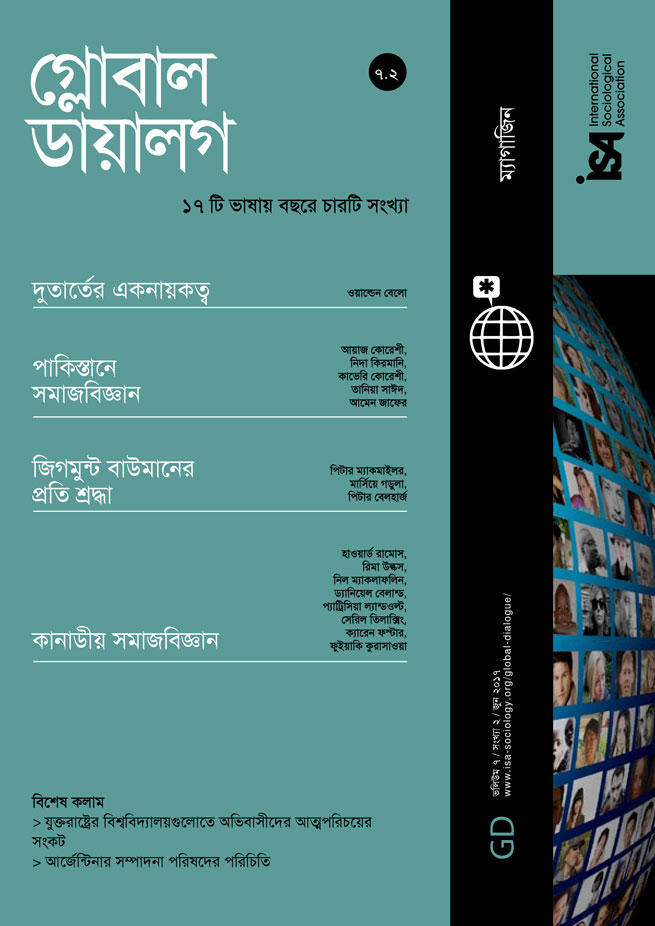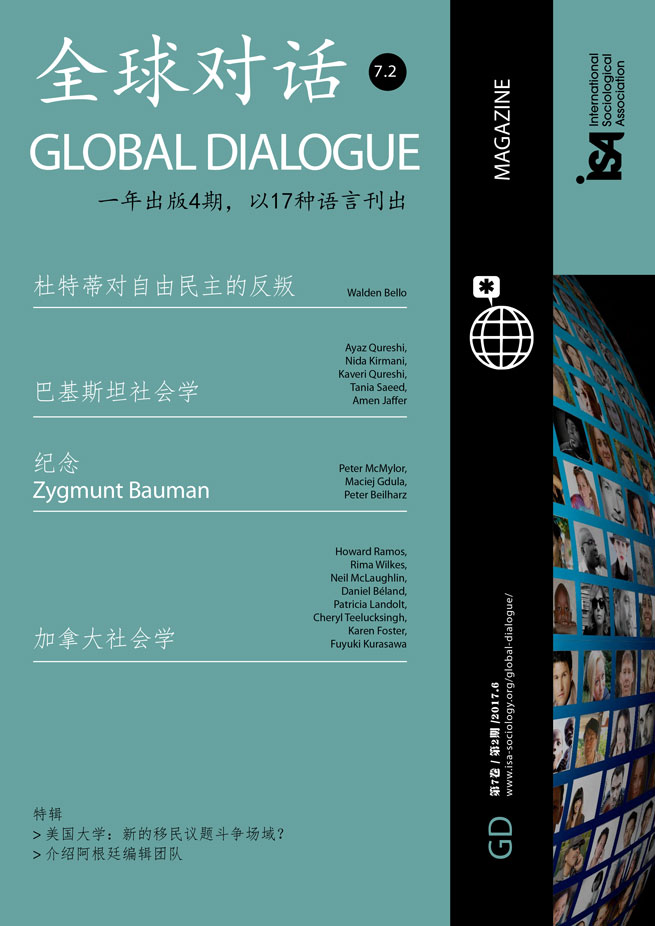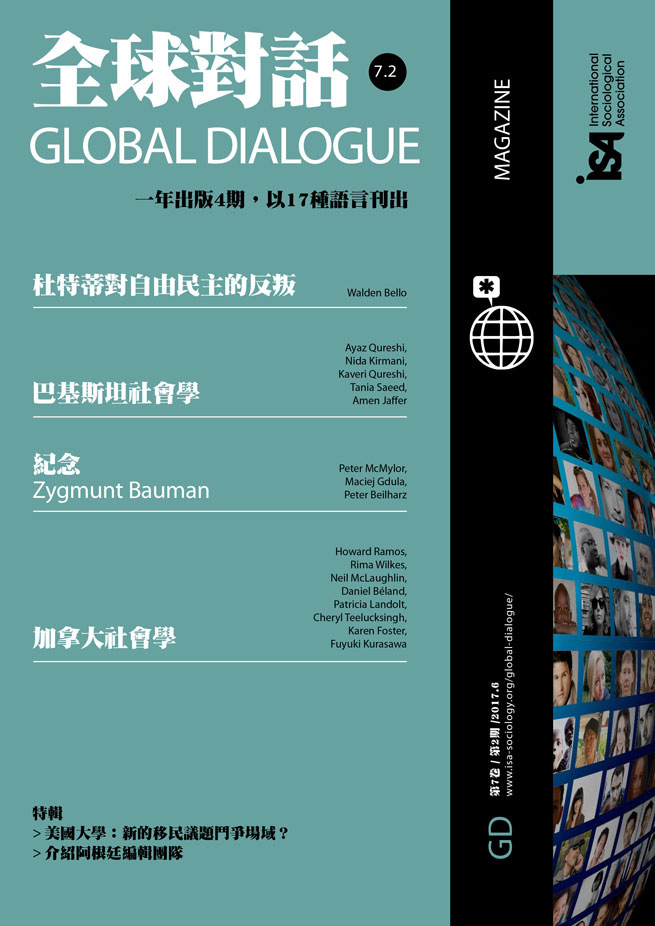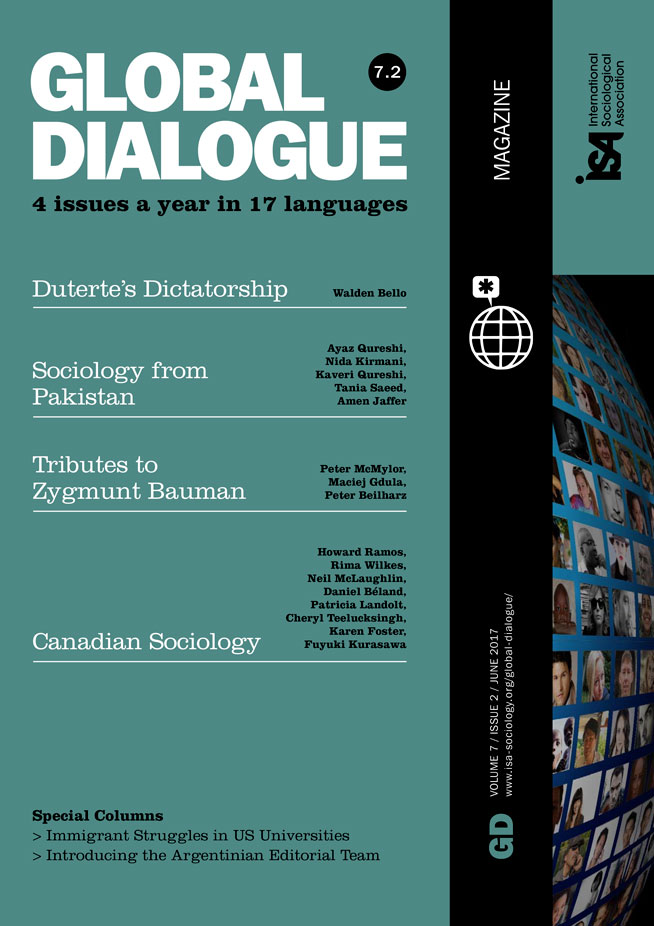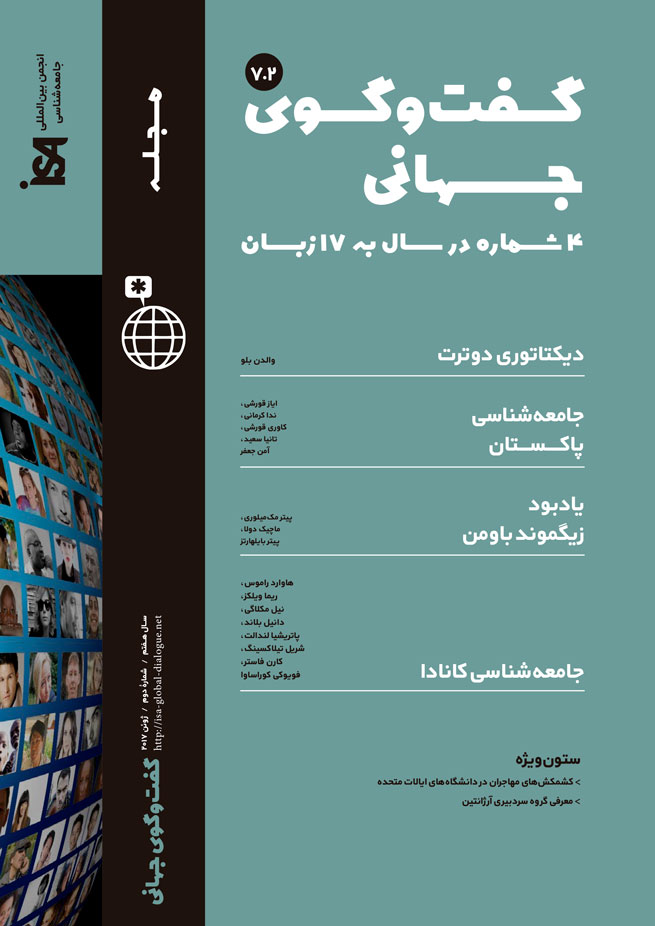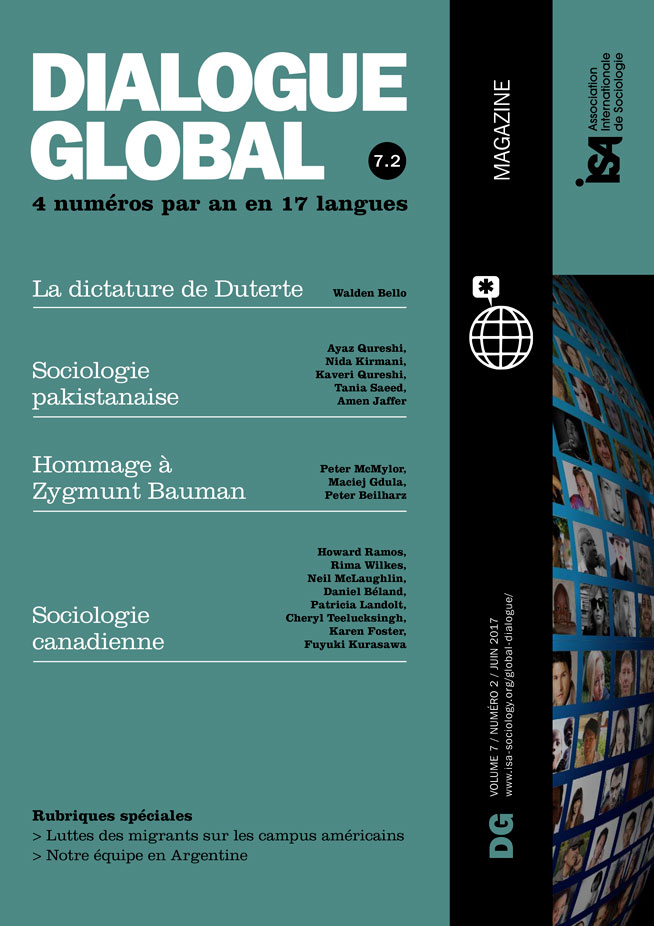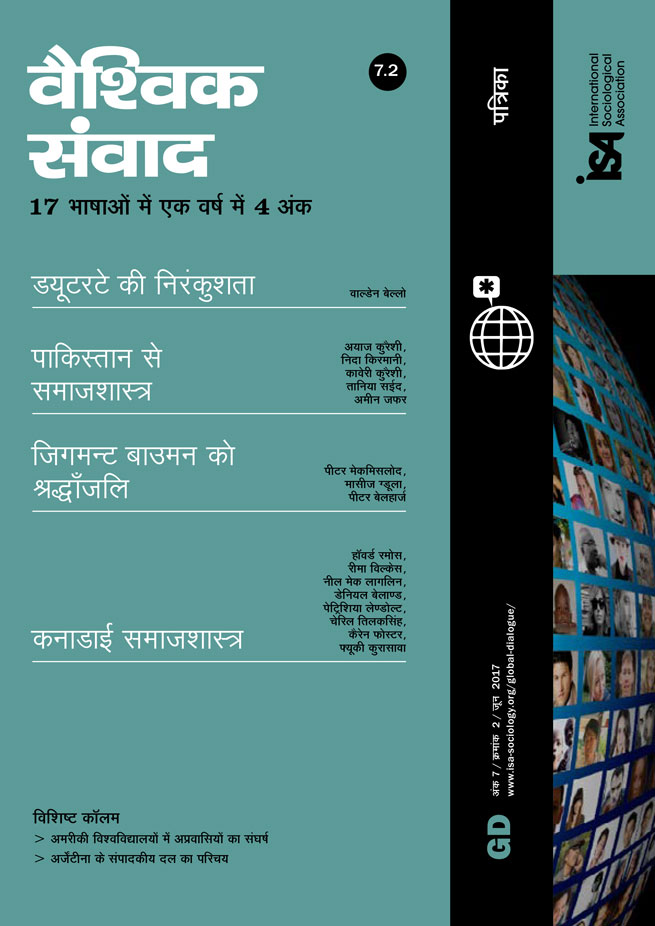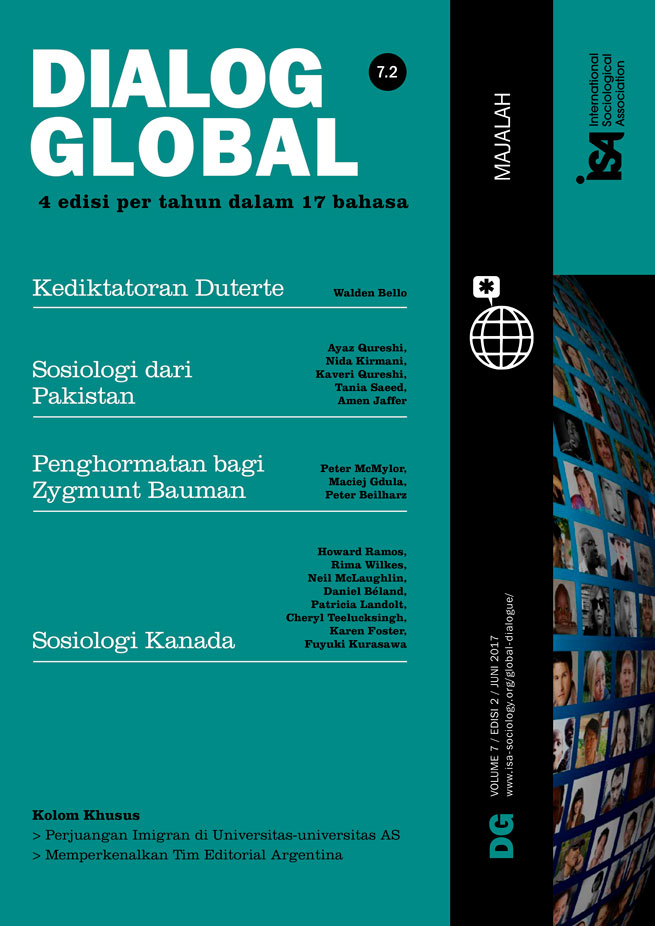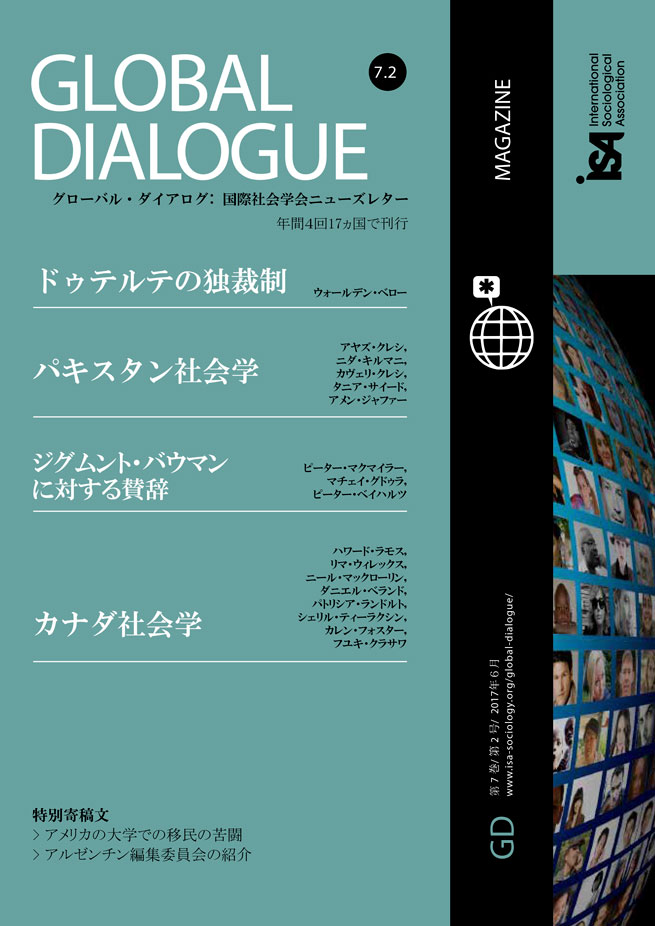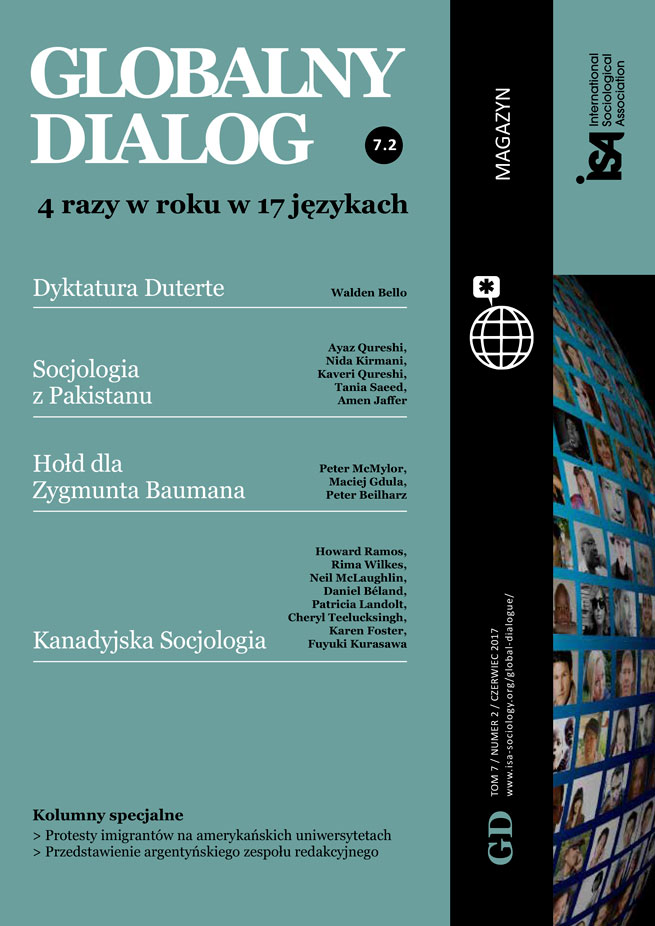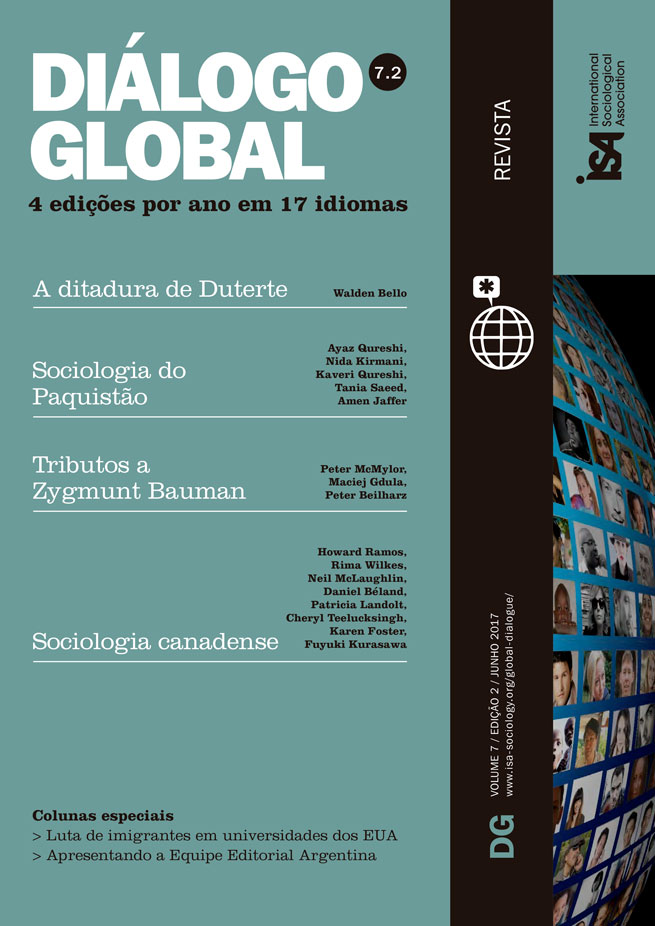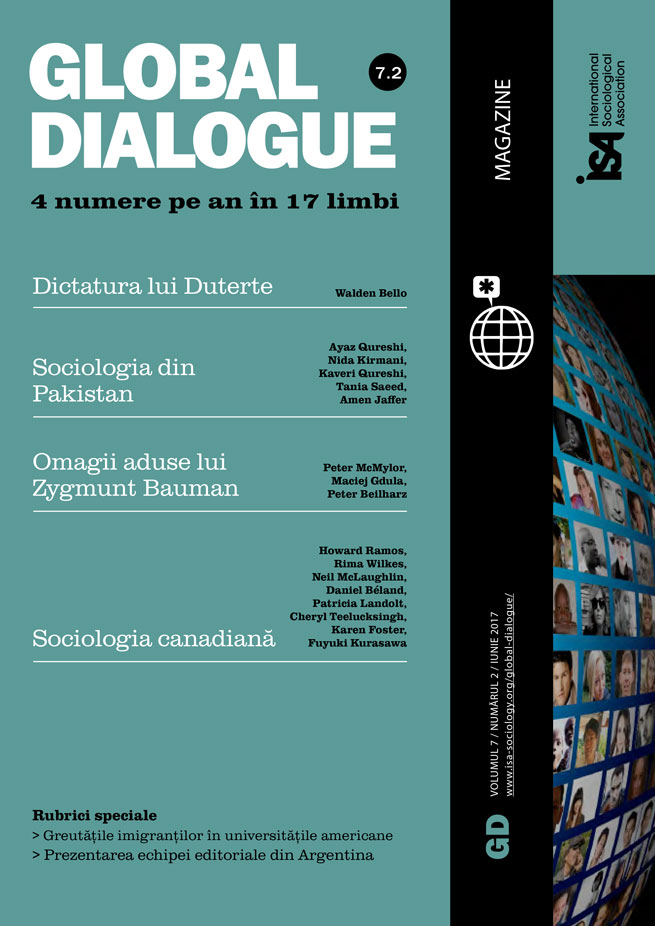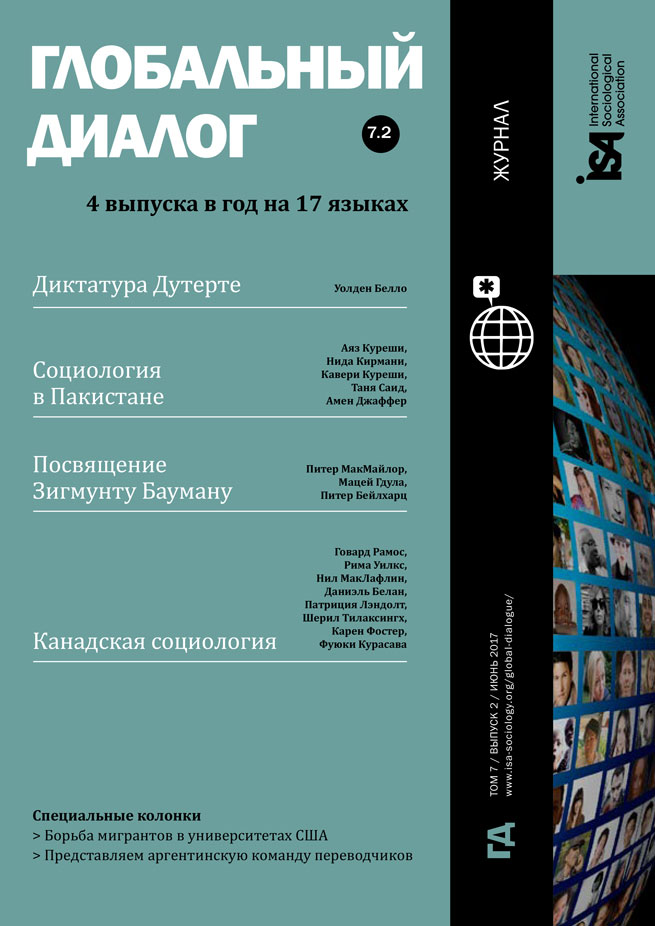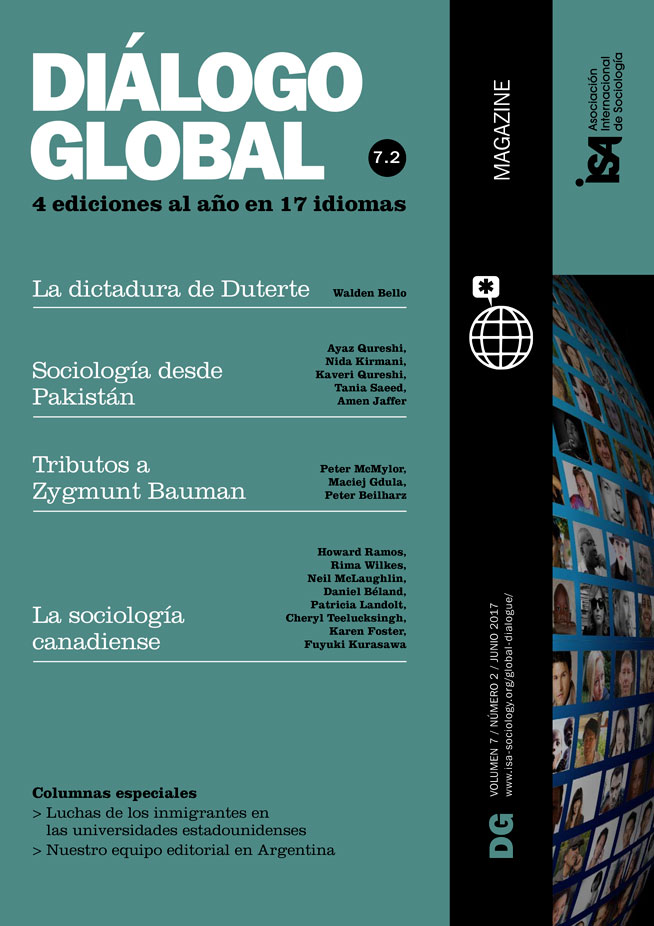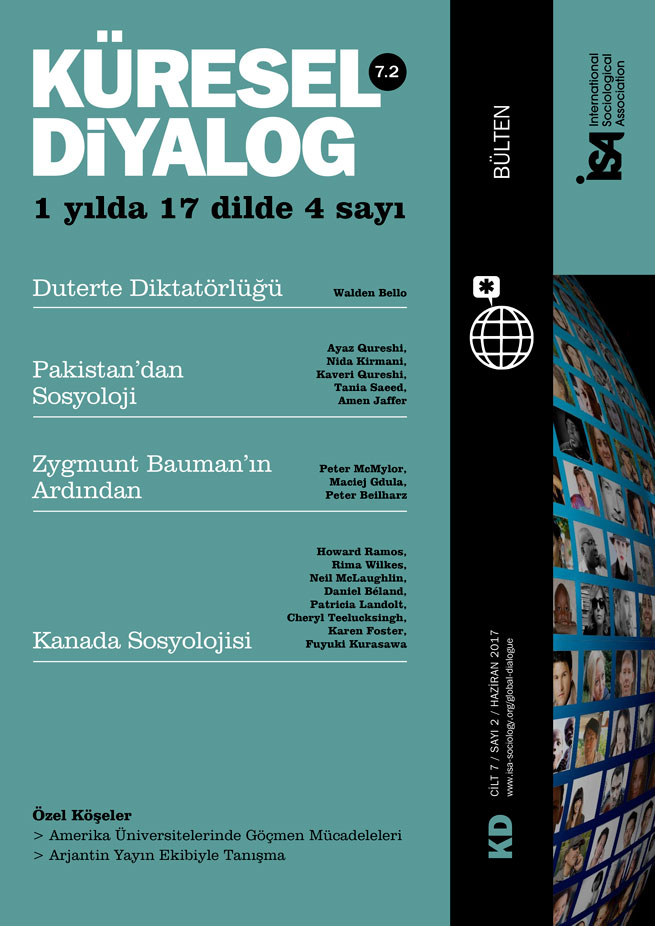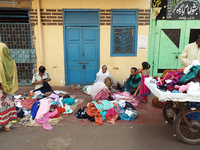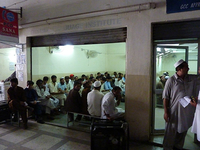The Politics of Infrastructure
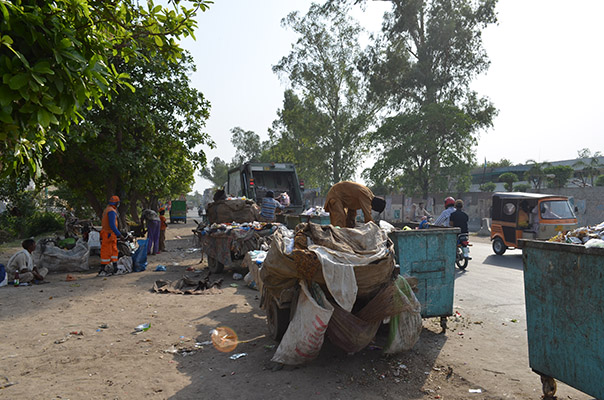
May 30, 2017
Since the last decade of the twentieth century, the Pakistani economy has been transformed by privatization and deregulation – a neo-liberal economic order which has been sustained through governments of different political parties and a military dictatorship. Yet despite an overarching consensus among the political elite, the current Pakistan Muslim League-Nawaz (PML-N) government is distinguished from other regimes by a key focus on infrastructure. Since the 1990s, PML-N governments have built their economic policy and political strategy around “developing” infrastructure – including, most recently, an emphasis on the China Pakistan Economic Corridor (CPEC), touted by the government as a “game changer” that will radically uplift Pakistan’s economic fortunes.
Pakistan’s government promises that these new road, rail and energy projects – mainly funded by loans from the Chinese government and often built by Chinese companies – will bring in foreign and local private investment, creating new jobs and economic opportunities for Pakistanis.
But this economic strategy is based on the assumption that large-scale infrastructure spending alone boosts economic activity – despite shaky evidence from previous examples, including the limited usage of the Lahore-Islamabad Motorway, constructed under a previous PML-N government in the 1990s.
Mounting evidence from around the globe indicates that large infrastructure projects primarily benefit foreign investors and large corporations. In a country with crumbling public services, where education and health systems consistently rank among the world’s worst, such skewed spending priorities ignore the real needs of the citizenry. Even in terms of infrastructure, projects like the CPEC largely focus on the infrastructural needs of big corporations, ignoring and even damaging the so-called informal sector, where most of Pakistan’s poor are employed, thus exacerbating Pakistan’s already considerable economic inequality.
Take, for example, Lahore’s solid waste management scheme. In 2010, the Government of Punjab privatized the collection, transportation and disposal of Lahore’s waste, establishing the Lahore Waste Management Company (LWMC) as a public company. This company subsequently outsourced operations to two Turkish multinational companies, Ozpak and Albayrak, paying approximately USD 20 for every ton of garbage deposited in LWMC’s dump sites. Ongoing construction of new roads and the expansion and redesign of older ones have greatly benefited the operations of Ozpak and Albayrak, because the reconfigured road network allows their fleet of garbage trucks and other machinery to operate more efficiently.
One of Ozpak’s operational centers is located near the Lahore Ring Road (LRR), a newly constructed six-lane highway. Trash from a number of localities is collected and transported to Ozpak’s center by a fleet of garbage collection trucks, mostly full-size imported garbage trucks fitted with technology for lifting and compacting trash. (For narrower lanes, the company uses a few smaller, locally assembled pick-up vans retrofitted with specialized technology.) Once the trash is brought to the Ozpak facility, mechanical loaders shift it onto large dumpster trucks to transport it to the LWMC-owned dump site of Lakhodar, which is also conveniently located on the Ring Road. Clearly then, the LRR is a central piece in the operation, bringing Ozpak tremendous savings in fuel, time and manpower.
Ozpak’s technologically sophisticated operations contrast sharply with “informal” garbage collectors and waste pickers, who gather waste and recyclables from around the city, transporting it on foot, donkey carts, bicycles and motorbikes. Some of them collect trash door-to-door for a small monthly fee while others sift through trash piles on road-sides and in dumpsters, searching for recyclable items. Importantly, while Ozpak does not permit waste pickers to enter its facility, most government-operated trash centers and dump sites are open to waste pickers, who perform the dirty work of separating and sorting recyclable items – bottles, paper, cardboard, plastic, or metal – from trash. These recyclables are then sold to small recycling businesses that further sort them before selling them onward to small industrial units who turn them into useable materials.
However, although they are the backbone of the recycling industry, performing highly demanding labor under the most intolerable and often dangerous conditions, waste pickers are located at the bottom of this economy, earning extremely low and unpredictable incomes and suffering the social stigma and discrimination attached to their profession. Unsurprisingly, most of them belong to the lowest groups in Lahore’s social hierarchy.
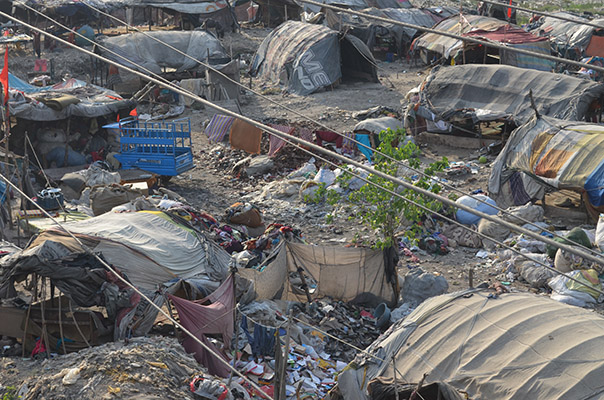
Adding further misery to already precarious lives, the transformation of Lahore’s road infrastructure has directly and indirectly challenged the meagre incomes of waste pickers. Lahore Ring Road, for example, has adversely affected waste pickers in several ways. First, their dominant modes of transport – donkey carts and bicycles – are not allowed on the LRR, forcing waste pickers to travel on highly-congested side roads. Second, waste pickers’ work requires them to frequently cross the LRR, forcing them either to travel long distances, since crossings are located many miles apart, or to take the risks involved in crossing on foot at non-designated locations in fast oncoming traffic. Thus, rather than facilitating waste pickers’ work, the new highway becomes a barrier and an additional burden. Indirectly, the LRR also advantages waste companies whose interests often clash with those of waste pickers. In some neighborhoods, households have stopped paying waste pickers to collect their trash, as waste companies now collect it from their street. Further, waste companies’ collection methods make the trash less accessible for pickers by reducing the time they have to sift through it; the companies consider pickers’ recycling work a hindrance that slows down their operations.
Thus, infrastructural developments in Lahore’s roads have helped waste companies earn guaranteed and increasing profits while waste pickers face new economic challenges. While efficient waste management in a large and expanding city like Lahore requires garbage trucks and associated technology, the privatization of this sector has been conducted without regard for the livelihoods of poor and marginalized citizens, adding to their woes.
Solid waste management is just one of many industries where new public infrastructure has exacerbated Pakistan’s inequalities: economically marginalized groups have had no say in planning and design. Nonetheless, there is reason for optimism: some low-income communities have turned infrastructure into a central pillar of citizenship. Our research reveals that a number of these mobilizations have used protests and other political strategies to successfully demand improved infrastructure in low-income areas. The longstanding alliances that have channeled Pakistan’s public resources towards corporate interests through infrastructure projects are therefore likely to face new political challenges from the citizenry.
Amen Jaffer, Lahore University of Management Sciences, Pakistan <amen.jaffer@lums.edu.pk>


